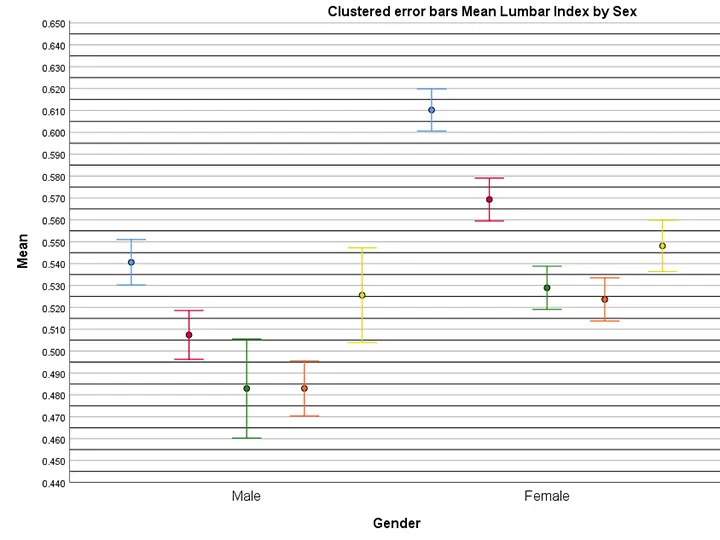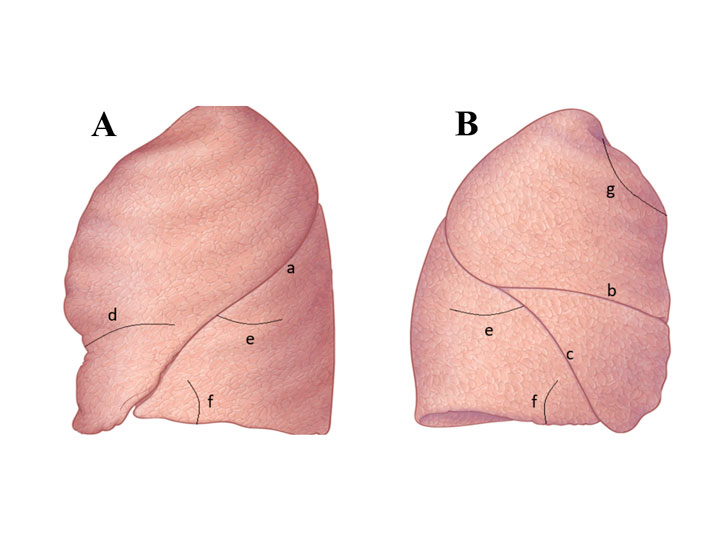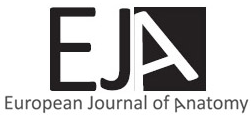The future of Medical Education (ME) must be evaluated in light of the increasing variety and availability of educational models and embalming techniques for student and physician education and training. To evaluate the viability and sustainability of the different learning models, research and data on the diverse teaching modalities will be assessed from the perspectives of training residents and physicians. A literature review was conducted to provide an overview of the diversity of soft-preservation techniques presently available. It was shown that ME is optimized using soft-preservation techniques, but that many are limited in their present ability to accurately reflect the live human anatomy, and that more research must be done to identify the optimal preservation technique given unique educational needs. The aggregation of current research study results will aid educational programs in identifying the modalities of training most appropriate for their curriculum, and help in identifying models that can be utilized long-term to improve ME.
The utility of soft-preservation in Medical Education: Current trends & future directions
Michael Leake1, Aslam Ejaz2, Romal Patel2, Joy Y. Balta3,4
1 Division of Anatomy, Department of Biomedical Education and Anatomy, College of Medicine, The Ohio State University, Columbus, Ohio
2 Department of Surgery, Wexner Medical Center, The Ohio State University, Columbus, Ohio
3 Anatomy Learning Institute, College of Health Sciences, Point Loma Nazarene University, San Diego, California
4 Division of Anatomy, Department of Surgery, University of California, San Diego, California
SUMMARY
Eur. J. Anat.
, 28
(3):
389-
398
(2024)
ISSN 2340-311X (Online)
Sign up or Login
Related articles
Review
Review



